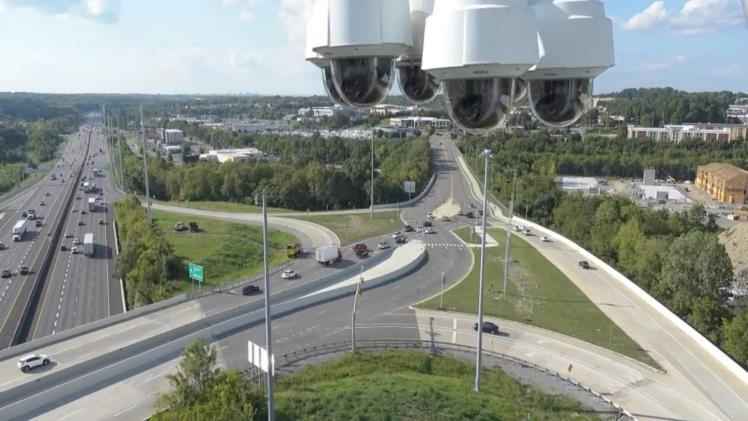
If you have ever driven in Nashville, you know the feeling when the sun is setting, casting a beautiful glow over the city’s skyline, but you can’t enjoy it. You’re stuck. Brake lights extend in a never-ending red stream in front of you, and bumper-to-bumper traffic jam transforms a 20-minute ride into a 90-minute nightmare.
Over the decades, the jamming of Interstates 24, 40, and 65 has been an irritating aspect of the city’s identity. Yet, in the last 12 months, there has been a silent experiment going on across a vital six-mile stretch of the I-24, known as the “Smart Corridor.” Its aim is both ambitious and easy: to combat traffic using artificial intelligence. Yet, the question on every commuter’s mind is, has it actually worked?
The I-24 Motion project is not just another traffic report on your radio. It is one of the most advanced AI-powered traffic management systems in the entire world. It is a partnership between the Tennessee Department of Transportation (TDOT) and Vanderbilt University. Its secret weapon is a staggering 4.2 million pixels’ worth of high-resolution cameras mounted on 300 poles along the interstate.
These cameras feed a continuous, live-action stream of every vehicle’s movement into a powerful AI brain. This system doesn’t see cars as anonymous hunks of metal. It sees them as individual entities, tracking their speed, lane changes, and following distances in real-time.
This massive, flowing river of data is the fuel for a revolutionary idea: what if we could stop traffic jams before they even start? At National Casino Online, their high-tech encryption systems also provide for a powerful gateway to gaming safely online, anytime, anywhere!
How Does a “Smart” Corridor Actually Work?
To understand its impact, you first have to understand what it does. Traditional traffic systems react. They see an accident and adjust signal timings to help clear the area. The I-24 Smart Corridor is meant to be proactive, and its main goal is to address the “phantom traffic jam.”
This phenomenon is when traffic grinds to a halt for no apparent reason. It’s usually caused by one driver tapping their brakes too hard. The person behind them brakes a little harder, and the person behind them harder still, until a wave of stopped traffic ripples backward for miles, which is the “shockwave” that the AI is programmed to defeat.
The system’s main tool is a network of special overhead lights that can display variable speed limits. This is where the magic happens.
The AI’s Game Plan
The AI constantly analyzes the flow of traffic. When its sophisticated algorithms detect the early, subtle signs of one of these shockwaves beginning to form (a slight compression of vehicles, a cluster of brake lights), it springs into action.
It calculates and displays a series of gradually slower speed limits upstream from the developing problem. For example, it might show 60 mph, then a half-mile later 55 mph, then 50 mph.
This might appear to make you go slower, but that is not the case. It will slow traffic down before reaching the thick center of the shockwave, allowing drivers to avoid braking and smoothing out the explosive stop-and-go wave into something manageable and slower.
Cars will have a well-maintained speed throughout the zone, as a slow but gradual roll takes place instead of the feared stagnation. The system is basically herding vehicles like a digital sheepdog to make the flow safer and more efficient for everybody.
The Results Are In: What the Data Shows
After a full year of operation, researchers and traffic engineers have crunched the numbers. So, has Nashville’s grand AI experiment delivered?
The short answer is a cautious, but big, yes, as the data reveals several key improvements. The highlight is that he rate of primary crashes along the Smart Corridor has decreased. While official figures are still being finalized, initial reports from TDOT state a notable drop in accidents. This is particularly true for the rear-end collisions that are the hallmark of phantom jams. Fewer crashes mean fewer massive delays, creating a cycle of improved traffic flow.
